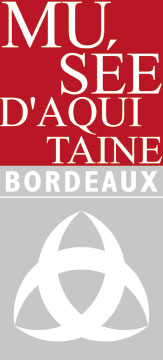Museum of Aquitaine Bordeaux, France
With its prestigious collections of archaeology, history, and ethnography—both regional and extra-European—the Museum of Aquitaine presents the history of Bordeaux and its region from prehistory through the twenty-first century.
Its exhibition devoted to the eighteenth century has recently undergone a complete renovation, and now portrays Bordeaux’s relations with the Atlantic world, including major displays relating to the slave trade and the living conditions of enslaved people. This exhibition contains engravings of the Caribbean, as well as objects from Caribbean and African civilizations, maps, audio-visual documents, and images.
The museologist Georges-Henri Rivière was the originator of the great museums with regional vocations which were born in France in the 1960s: the Museum of Brittany, the Museum of Normandy, the Museum of Aquitaine, etc. The Museum of Aquitaine retraces the history of the region from its origins to today by means of a chronological and interdisciplinary journey.
The Museum of Aquitaine’s permanent exhibitions are structured on the basis of this logic. The exhibitions are spread over 5000 m2 of floor space, giving the museum the opportunity to present very prestigious collections. This is particularly the case with the prehistoric and Gallo-Roman archaeological items (Laussel Venus, bronze Hercules, statue of Jupiter) and the exceptional collections of history (Montaigne’s tomb), regional and non-European ethnography (Africa, Oceania).
In 2009, the rooms dedicated to the eigtheenth century were entirely renovated. They highlight the importance of Bordeaux in the transatlantic exchanges and grant a significant place to the question of the slave trade and slavery. A new space devoted to Bordeaux between 1800 and 1939 has opened this year; the complete renovation of the exhibition about the twentieth century is planned for 2016.







